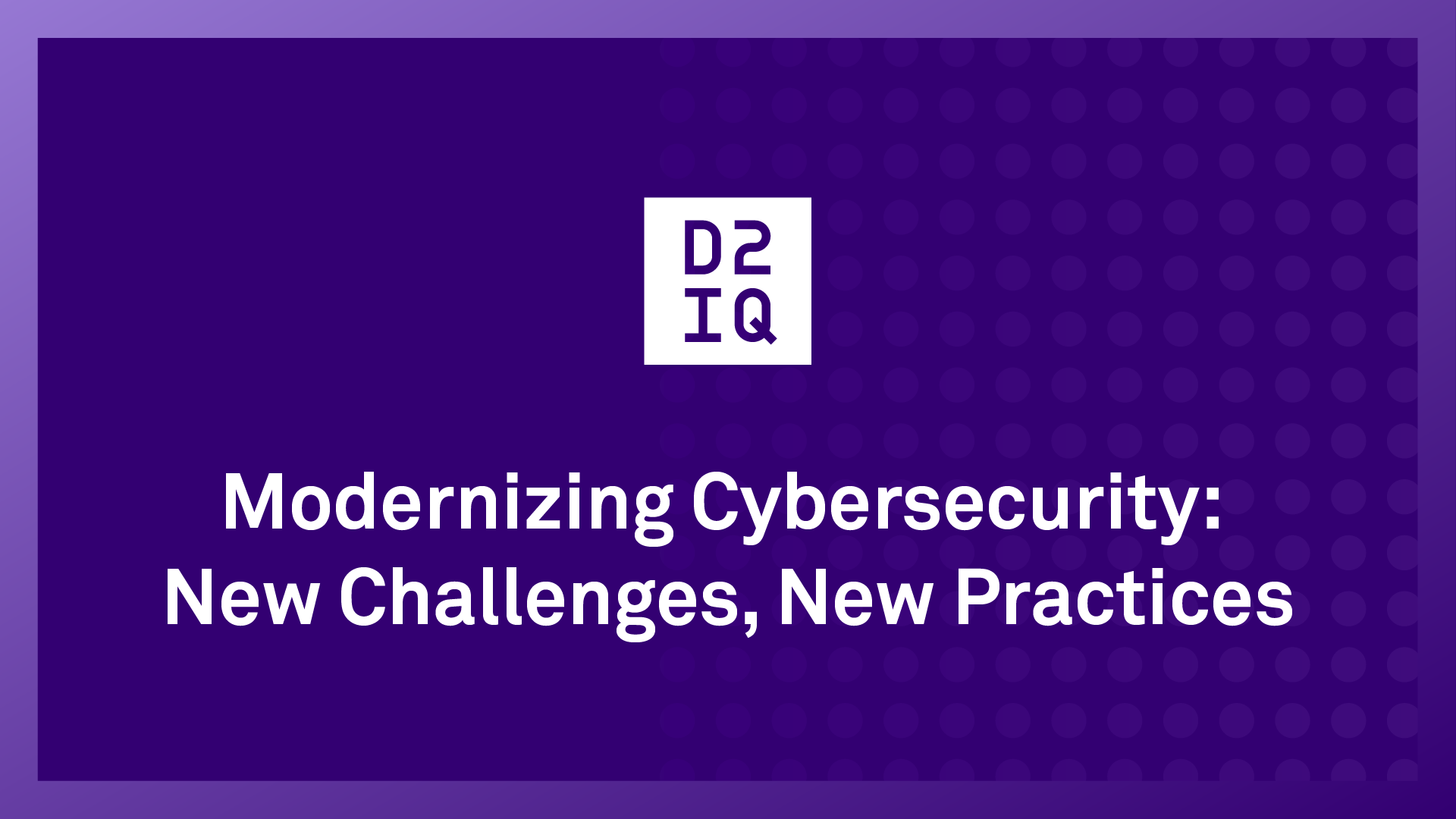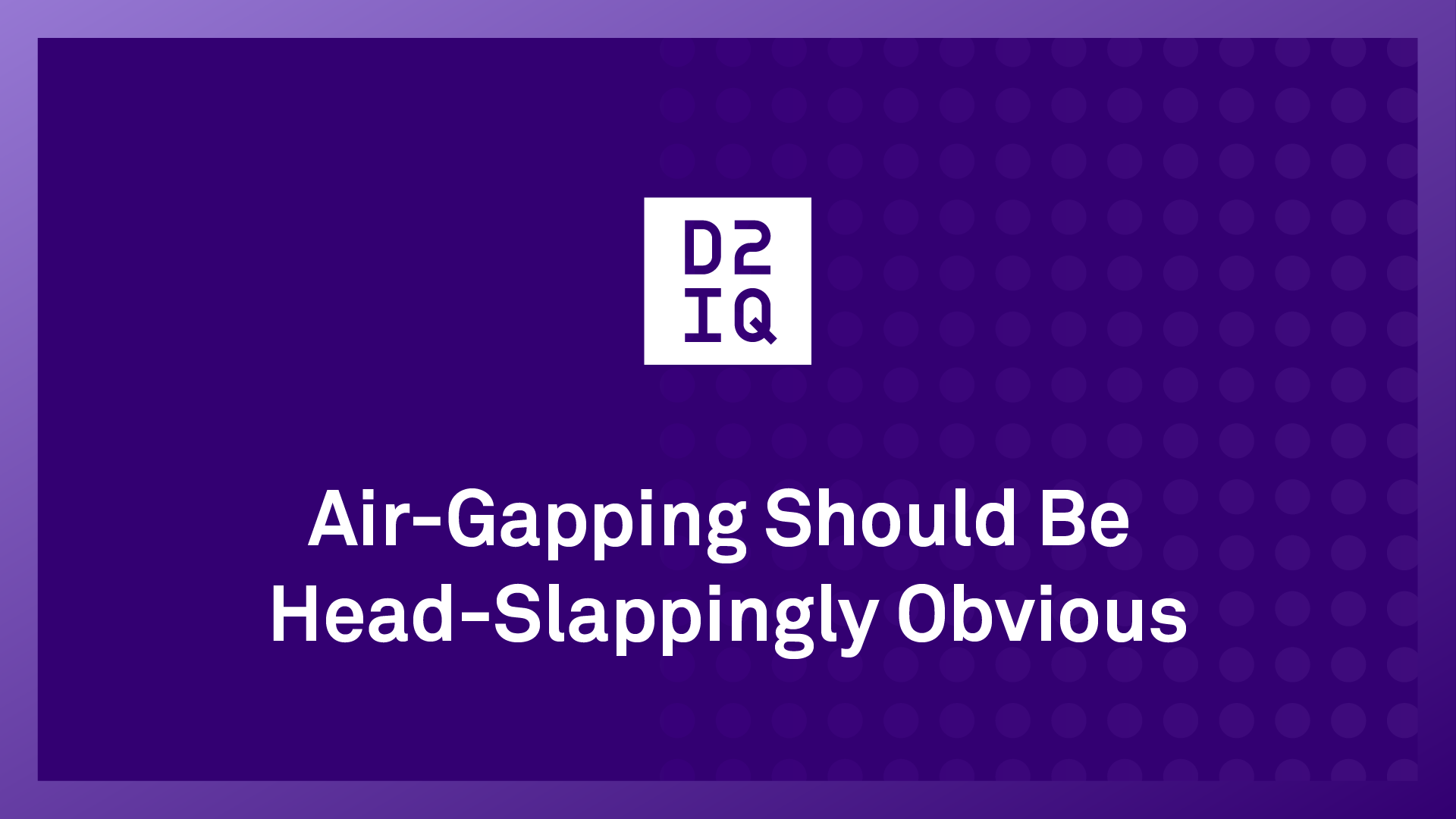In 2022, Kubernetes continued to mature and gain widespread adoption as it
crossed the chasm into the mainstream. Following are the predictions we see for Kubernetes in 2023.
Organizations will prioritize easy-to-maintain technology to bridge the skills gap
Accelerated digital transformation has led to more distributed IT infrastructures, with Kubernetes becoming the de facto standard for managing containerized environments. Although there are many benefits to using Kubernetes in hybrid and multi-cloud environments, Kubernetes is a complex technology that requires deep technical skills to deploy and manage. Because Kubernetes is a relatively new technology, the talent pool of skilled Kubernetes engineers is limited. This is why we expect to see organizations gradually abandon DIY Kubernetes projects and put their budgets toward training and technology for their Kubernetes deployments and projects.
Considering the economic uncertainty over the next year, CIOs and business decision-makers are being forced to look at their budgets closely and be more selective on which technology investments to move forward with. One critical factor during this time is the growing skills gap in emerging technology sectors. In an effort to bridge this gap, technology and tools that are both impacting the business’s bottom line and are easy to deploy and maintain will rise to top priority.
2023 is the year DevOps is displaced by platform engineering
With the rapid development of Kubernetes and cloud-native applications, organizations are realizing the inadequacies of their IT teams to leverage DevOps practices. We’ve seen that DevOps workload is difficult to practice in small and medium-sized enterprises, as well as in large enterprises that lack sufficient talent. The gradually accumulated cognitive load ultimately leads to a less agile and efficient collaboration between teams.
Given these issues, more organizations in 2023 will reassess the DevOps model and adopt platform engineering as an alternative. With the rapid development of cloud-native applications, platform engineering will gradually replace DevOps in many organizations by providing the Internal Developer Platform that provides a “golden path” to more easily deploy, manage, and scale Kubernetes and applications on top.
As decentralization increases, centralized management becomes critical
In 2023, organizations will continue to build and deploy cloud-native applications at the edge, ushering in the hyperconnected era.
Decentralization is beneficial for edge computing and AI because it enables more responsive and interactive applications while processing data more efficiently at the point of collection. However, as operations become more distributed, managing the dispersed environments becomes more difficult and leads to siloes and inefficiencies. A centralized management platform can bring consistency and reduce the time and effort involved in managing dispersed locations, devices, and data. Given the IT budget and cost planning for 2023, more companies will recognize the need for centralized management to bring order to their decentralization infrastructures.
Considering next year’s economic forecast, organizations need to focus more on efficiency and business value. This will lead them to embrace a hybrid approach of centralization and decentralization to optimize workflows and maximize business and capital value while deploying and managing their Kubernetes projects at the edge or across different infrastructure environments.
Cloud-native and Kubernetes projects become secure by default
Kubernetes offers many advantages but also poses unique security challenges that can be difficult to address for organizations lacking in Kubernetes talent and experience. Although Kubernetes has many built-in security features, its security requires understanding of how to address different types of vulnerabilities that can impact each part of the stack. For many organizations, Kubernetes security has been left for the architects and developer teams to manage. However, Kubernetes clusters are not secure by default, and as threats become more advanced and mature it will be unrealistic to require developer teams to also be security experts.
This is why organizations will increasingly see the need to reevaluate their security practices and prioritize a more advanced security-focused culture in 2023. Deploying Kubernetes platforms with security built in by default will be recognized as a means to reduce the burden of security on IT teams. Keeping security and developer expertise separate will reduce the pressure and burnout on both sides.
The problem of cloud and Kubernetes cost control will be addressed through automation and centralized management
Organizations are struggling to monitor and control costs in the cloud, leading to wasted resources and excessive spending. A
FinOps Foundation survey, for example, found that “Insufficient — or nonexistent — Kubernetes cost monitoring is causing overspend, and a recent KPMG survey showed that roughly 67% of 1,000 senior technology leaders at U.S. firms across industries said they have yet to see a significant return on cloud investments.”
The solution is to build in cost visibility and management from the beginning, with unified views across all environments, and to share resources whenever possible. Automation in the form of cost management tools like Kubecost will increasingly be integrated into Kubernetes platforms to provide real-time, granular cost monitoring and analysis across disparate environments. In addition, centralized management will enable more efficient resource-sharing across teams and infrastructure platforms.











